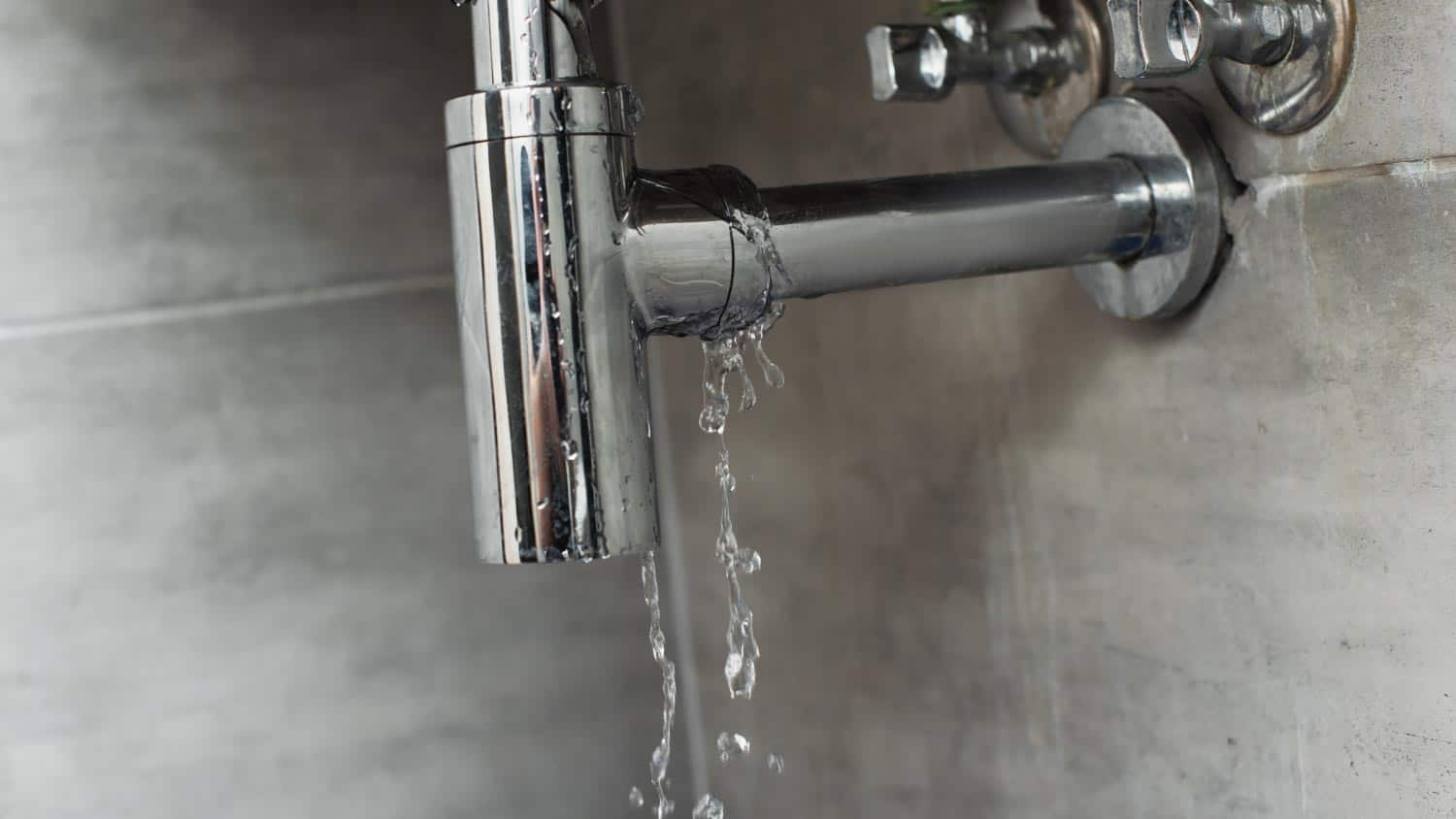How to Inspect If Your House Has a Surprise Leak
How to Inspect If Your House Has a Surprise Leak
Blog Article
Listed here in the next paragraph you can discover more good guidance related to Locating water leaks.

Early detection of dripping water lines can reduce a possible calamity. Some little water leakages may not be noticeable.
1. Check Out the Water Meter
Every residence has a water meter. Checking it is a surefire way that assists you uncover leakages. For starters, switch off all the water resources. Make sure nobody will certainly flush, use the faucet, shower, run the cleaning maker or dishwashing machine. From there, most likely to the meter as well as watch if it will transform. Because nobody is using it, there need to be no activities. If it relocates, that shows a fast-moving leak. If you detect no adjustments, wait a hr or 2 as well as examine back once again. This indicates you may have a slow-moving leak that might also be underground.
2. Check Water Intake
If you identify abrupt adjustments, regardless of your usage being the same, it means that you have leakages in your plumbing system. A sudden spike in your bill shows a fast-moving leakage.
A consistent increase every month, also with the exact same behaviors, reveals you have a slow leak that's also gradually rising. Call a plumber to extensively inspect your home, particularly if you feel a warm location on your floor with piping underneath.
3. Do a Food Coloring Examination
When it comes to water consumption, 30% comes from toilets. If the color somehow infiltrates your bowl during that time without flushing, there's a leakage between the container and also dish.
4. Asses Exterior Lines
Don't neglect to inspect your outdoor water lines as well. Must water leak out of the link, you have a loose rubber gasket. One tiny leak can squander heaps of water and spike your water bill.
5. Examine as well as Evaluate the Circumstance
Home owners need to make it a behavior to examine under the sink counters as well as even inside closets for any type of bad odor or mold and mildew growth. These two warnings suggest a leakage so timely attention is needed. Doing regular inspections, also bi-annually, can save you from a major problem.
If you understand your home is currently old, keep a careful eye on your heating units, pipes, pipelines etc. Check for discolorations and also weakening as many pipelines and devices have a life span. They will additionally naturally degrade due to tear and also use. Do not wait for it to rise if you presume dripping water lines in your plumbing system. Call an expert plumber as soon as possible so you don't end up with a horrible mess in your house.
Early discovery of leaking water lines can alleviate a prospective disaster. Some small water leakages may not be visible. Examining it is a guaranteed method that aids you uncover leakages. One tiny leakage can lose heaps of water and increase your water bill.
If you suspect dripping water lines in your plumbing system, don't wait for it to intensify.
WARNING SIGNS OF WATER LEAKAGE BEHIND THE WALL
PERSISTENT MUSTY ODORS
As water slowly drips from a leaky pipe inside the wall, flooring and sheetrock stay damp and develop an odor similar to wet cardboard. It generates a musty smell that can help you find hidden leaks.
MOLD IN UNUSUAL AREAS
Mold usually grows in wet areas like kitchens, baths and laundry rooms. If you spot the stuff on walls or baseboards in other rooms of the house, it’s a good indicator of undetected water leaks.
STAINS THAT GROW
When mold thrives around a leaky pipe, it sometimes takes hold on the inside surface of the affected wall. A growing stain on otherwise clean sheetrock is often your sign of a hidden plumbing problem.
PEELING OR BUBBLING WALLPAPER / PAINT
This clue is easy to miss in rooms that don’t get much use. When you see wallpaper separating along seams or paint bubbling or flaking off the wall, blame sheetrock that stays wet because of an undetected leak.
BUCKLED CEILINGS AND STAINED FLOORS
If ceilings or floors in bathrooms, kitchens or laundry areas develop structural problems, don’t rule out constant damp inside the walls. Wet sheetrock can affect adjacent framing, flooring and ceilings.
https://www.servicemasterbyzaba.com/blog/how-to-detect-water-leakage-in-walls/

Hopefully you enjoyed our part on Hacks to detect leaks. Thank you for taking the time to read through our article. Are you aware of another person who is intrigued by the niche? Be sure promote it. Many thanks for your time invested reading it.
Report this page